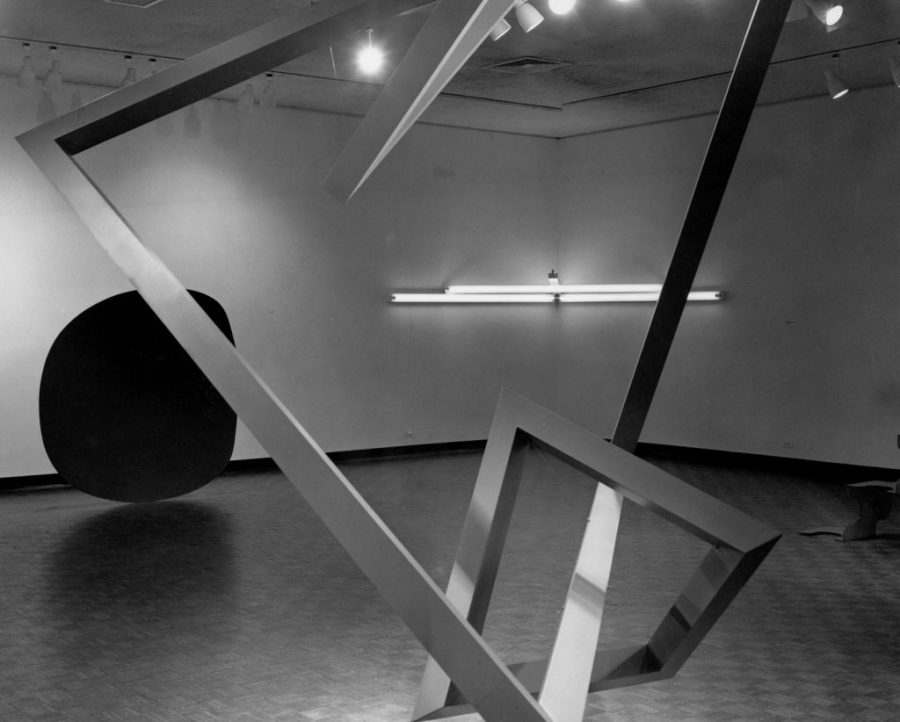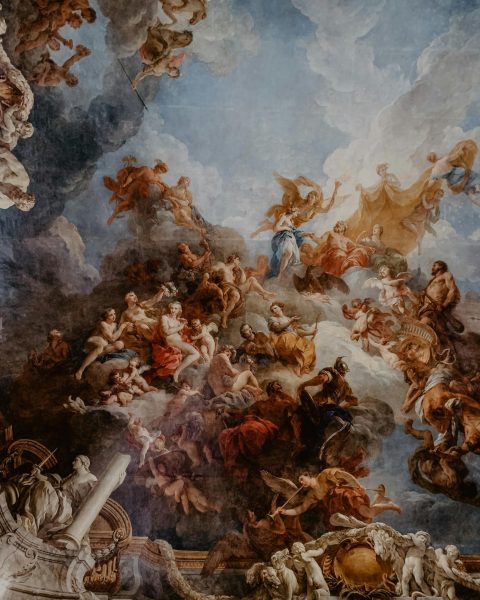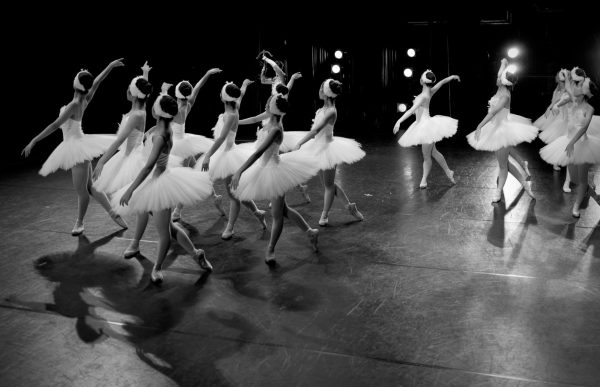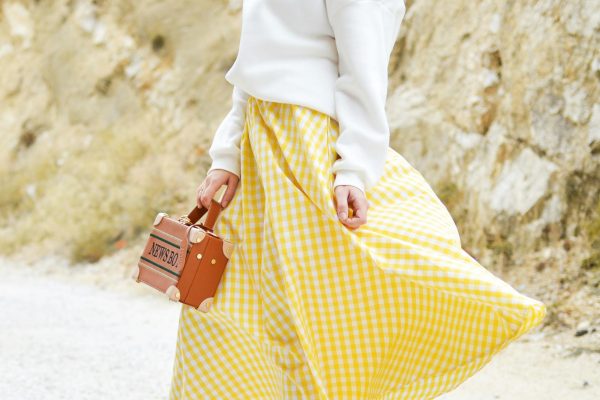The Art of Minimalism
Mark Rothko’s artwork “No. 10”, is a seven-foot-six-inch by fifty-seven-inch wide oil on canvas painting from 1950. The piece consists of two large, rectangular-shaped orange blobs inside a black border. Nothing more, nothing less. In 2012, it sold for just under 84 million dollars at auction. If you were to see “No. 10” in person, you’d likely think, “Hey, I could do that”, and the fact of the matter is, you probably could. So why, over the past century, have simple paintings like No. 10 continued to fetch such high bids at auction? It’s important to look at how art has evolved over the past century, and what specifically led us to this point.
In the late 1960s, there was an explosion of new aesthetics, style, and pop culture. This time period birthed what we now know as the “Minimalist era”. It was very popular among many self-sufficient artists who were trying to challenge the boundaries of art, and change the definition of symbolism and emotion found in paintings and sculptures. It was a time of new influences and rediscovered styles that broke the conventional “dramatic” art stereotype of complex paintings with clear metaphors.
This style of minimal art is easy to point out in a museum or showcase, characterized by sculpture and painting through the use of simple, paternalistic forms. Many minimalist sculptures are fabricated from everyday objects and industrial materials, and most paintings are filled with large shows of color, and shapes, but generally do not revolve around scenes or people.
Minimalists have tended to distance themselves from what is known as “Abstract Expressionism”; a movement characterized by sweeping brush strokes, mark-making, and the feeling of spontaneity. Minimalists have aimed to remove any sort of bold metaphors and true emotions from their work. They focus more on the geometric look and how an object can be perceived rather than what is the deep meaning behind it. In turn, this means many aims for a more conventional aesthetic, with basic shapes, jagged lines, and simple color schemes.
Minimalism has been making a resurgence within the architecture world with its vital role in modernism. Much of the bleak white and concrete structures are commonly used. These ideas also play into brutalism. It became more mainstream as an idea from the 70s throughout and into the modern day.
Minimalist art is the new wave of modernism. It may be easy to recreate and it may be easy to perceive. But it challenges the basic idea of art, often confusing the audience. “Should this really be art?” “I could make that myself if I really tried!” However, it is an art that has evolved so much within the last decade and it shows the influence of symbolism and emotion. So the next time you are questioning the meaning of art, don’t. Just take a quick look at it and examine the material uses, the shapes, and the sculpting of it. Because this is minimalist art.





